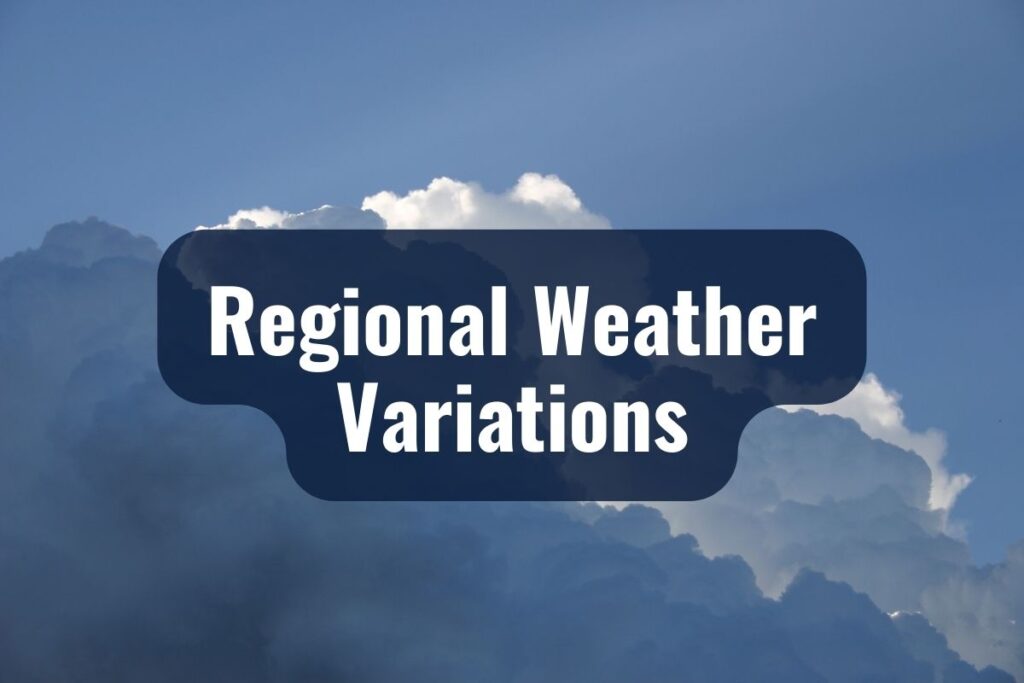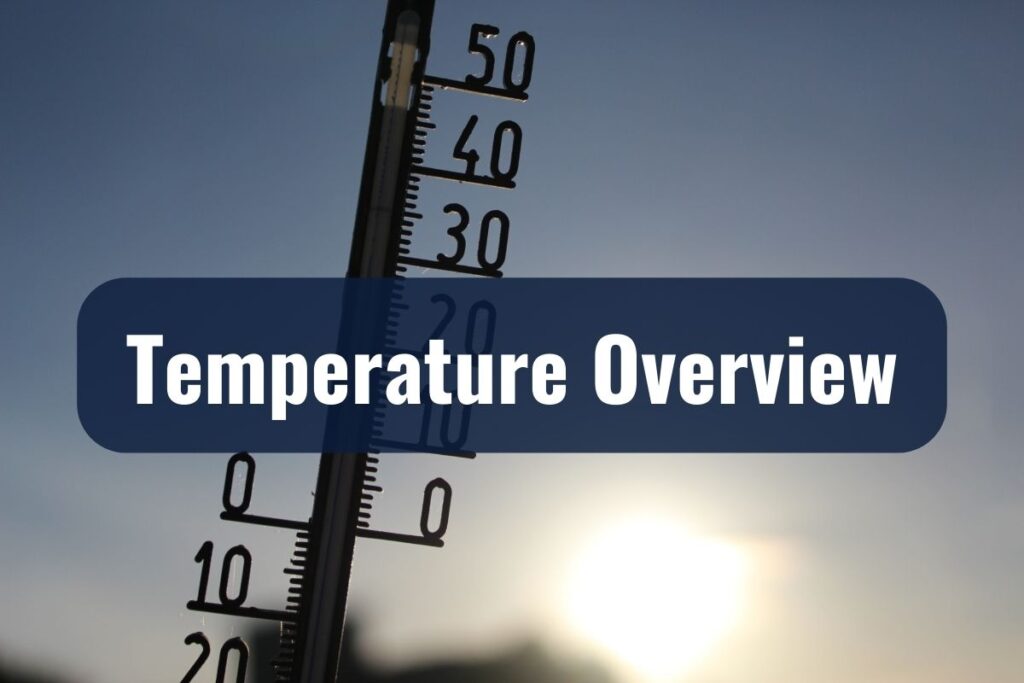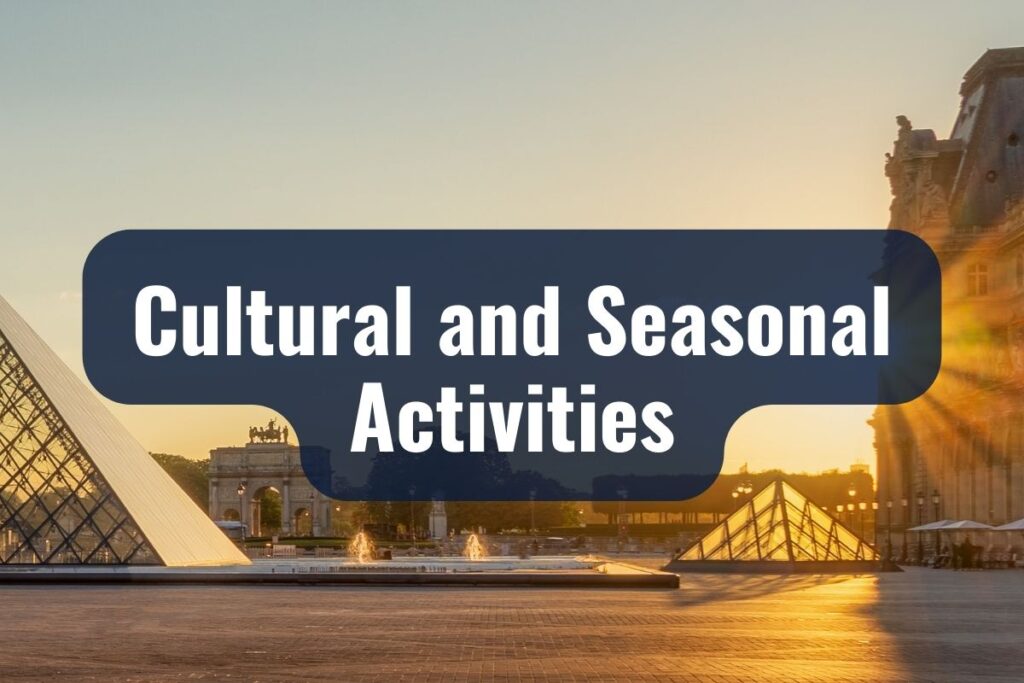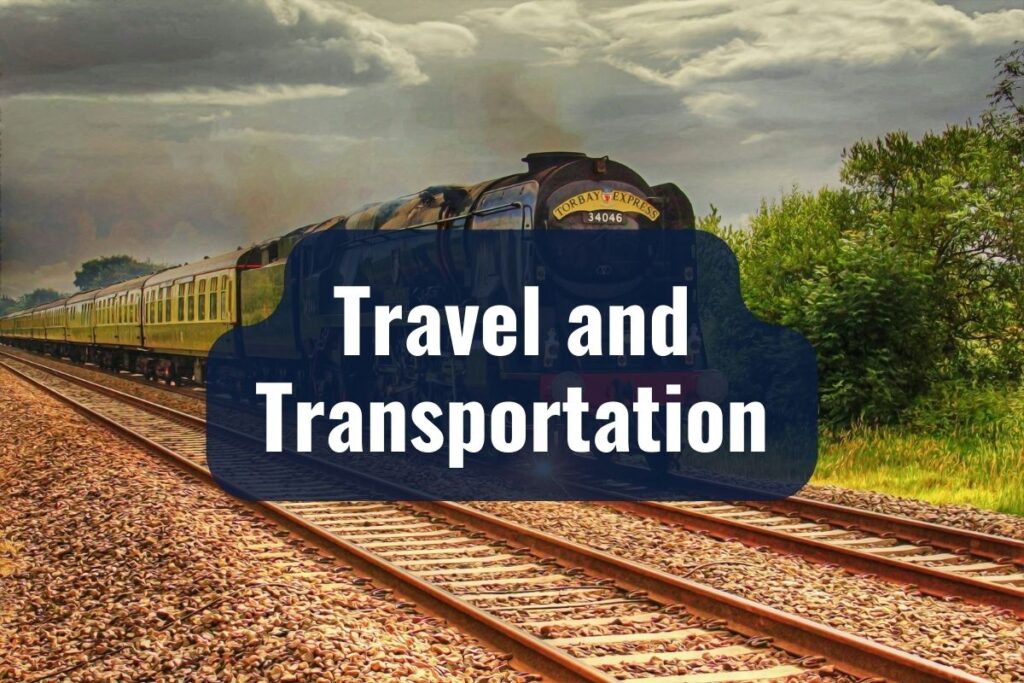As the autumn season deepens, November brings a noticeable change to the weather across France. This month is characterized by shorter days and a significant drop in temperature, signaling the transition from the mild autumn to the cooler winter months.
For foreigners residing in or visiting France, understanding the weather specifics for November is essential for planning daily activities, travel, and wardrobe.
KEY TAKEAWAYS
- November Weather Varies: France’s weather in November varies significantly from north to south and east to west.
- Prepare for Cooler Temperatures: Expect and prepare for cooler temperatures, especially in northern and eastern regions.
- Rain and Fog Common: Be ready for frequent rain and fog, affecting visibility and travel plans.
- Cultural Events Continue: Despite cooler weather, cultural and seasonal activities abound throughout the country.
- Travel Wisely: Weather impacts travel; plan ahead, especially in regions prone to early snowfall.
The Importance of Weather Knowledge
Weather greatly influences daily life, affecting everything from wardrobe choices to transportation methods. For foreigners, who might be unfamiliar with the local climate variations and how swiftly weather can change in different regions of France, having a solid grasp of November’s weather patterns is vital.
This knowledge aids in efficient planning, ensures a more comfortable stay, and enhances the overall experience in France during this brisk month. With an array of regional climates, from the damp and misty northern plains to the relatively mild Mediterranean coast, comprehending these patterns is key to navigating the country successfully.
Regional Weather Variations

Understanding France’s diverse climate zones is crucial for anyone planning to spend November in the country. Here’s what you can expect in various regions:
North France: Paris and Surroundings
Temperature: Expect cool to mild temperatures, with averages ranging from 6°C to 10°C. Mornings can be particularly chilly.
Weather: November is generally cloudy with frequent light rain. Days are shorter, and the occasional morning fog is not uncommon.
South France: Mediterranean Regions
Temperature: The south enjoys milder temperatures compared to the north, with averages between 10°C and 15°C.
Weather: This region sees more sunny days, although rain when it occurs can be heavy and short-lived. The coastal areas, in particular, experience warmer days due to the Mediterranean climate.
West France: Atlantic Coastal Areas
Temperature: Temperatures here are influenced by the Atlantic, averaging between 8°C and 13°C.
Weather: Expect a fair amount of rain, though it’s usually lighter and more persistent than in the south. Wind can also be a factor, making it feel cooler than the actual temperature.
East France: Alpine Regions and Borders
Temperature: This area experiences some of the coldest temperatures in mainland France during November, often dropping below 5°C, especially at higher altitudes.
Weather: Snow begins to appear in the higher elevations, and even lower areas might see some snowfall. Days can be clear but expect cold nights and frosty mornings.
Temperature Overview

November in France marks a definitive shift towards cooler temperatures across the country. Here’s what you can typically expect regarding temperature ranges:
Average Temperatures
| Region | Average Temperature Range (°C) |
| North France | 6°C–10°C |
| South France | 10°C – 15°C |
| West France | 8°C–13°C |
| East France | Below 5°C–10°C |
North France: In cities like Paris, average temperatures hover around 6°C to 10°C. It’s not uncommon for nighttime temperatures to dip closer to freezing, especially later in the month.
South France: The Mediterranean influence keeps the south warmer, with averages between 10°C and 15°C. Coastal areas are particularly milder, thanks to the sea’s moderating effect.
West France: Influenced by the Atlantic, this region sees averages of 8°C to 13°C. The ocean can both cool and warm the coastal areas, leading to a slight temperature fluctuation.
East France: Alpine and border areas experience colder averages, often below 5°C, especially in mountainous regions. Here, the cold is more pronounced, and early winter conditions set in faster.
Temperature Extremes
Cold Spells: Sudden temperature drops can occur, particularly in the north and east, where cold fronts from northern Europe can bring frost and, rarely, early snowfall to lower elevations.
Unseasonably Warm Trends: Conversely, there can be periods of unseasonably warm weather, known as “Indian summer,” where temperatures can briefly rise, providing a respite from the encroaching winter chill.
Precipitation and Weather Events
November is a month when various regions of France experience different types of precipitation and weather events. Understanding these can help foreigners prepare for their daily activities and travel plans.
Rainfall
Frequency and Intensity: Rain is more frequent in November, with the northern and western parts of France typically experiencing the most. The Mediterranean coast sees less frequent but sometimes heavier showers.
North and West France: Expect light to moderate, but persistent rain. Days can be overcast with intermittent showers.
South France: Rainfall here can be less frequent but intense, often coming in heavy showers or storms, particularly along the Mediterranean.
East France: While less rainy than the west, the east, especially near the Alps, can experience significant precipitation, transitioning into snow at higher altitudes.
Other Weather Events
Fog: Morning fog is common in many parts of France during November, particularly in river valleys and rural areas. It can significantly reduce visibility, affecting morning commutes.
Wind: The Mistral wind can affect the South, particularly the Rhône Valley, leading to sudden chilly conditions. In the west, Atlantic winds bring moisture and can make it feel colder.
Early Snowfall: In the Alpine regions and sometimes in the northern plains, early snowfall can occur. While it’s more common in higher elevations, lower areas might also experience light snow, especially later in the month.
Cultural and Seasonal Activities

November in France offers a variety of cultural and seasonal activities that are influenced by the weather. Engaging in these events can provide enriching experiences for foreigners looking to understand or immerse themselves in French culture.
Festivals and Holidays
Beaujolais Nouveau: This wine festival celebrates the first wine of the season. Despite the cooler weather, festivities continue in bars and bistros throughout the country, especially in the wine regions.
All Saints’ Day (Toussaint): A public holiday on November 1st, where people traditionally visit family graves, leaving chrysanthemum flowers. It’s a quiet, reflective day that many spend with family.
Armistice Day: November 11th marks the commemoration of the end of World War I. It’s observed with ceremonies and moments of silence throughout the country.
Seasonal Activities
Visiting Museums and Galleries: As the weather cools, indoor activities become more appealing. France’s museums and galleries, from the Louvre in Paris to smaller local museums, offer warm, insightful experiences.
Wine Tasting and Tours: Despite the cooler weather, November is still an excellent time for wine tasting, especially with the Beaujolais Nouveau celebrations.
Autumnal Nature Walks: In early November, the tail end of the fall foliage provides a beautiful backdrop for walks in the countryside or parks.
Impact of Weather on Activities
Outdoor Events: While outdoor events are less common, they still occur, often involving lighting, such as festivals of light in various cities. The cooler, sometimes damp weather necessitates warm clothing and possibly rain gear.
Indoor Cultural Experiences: Theatres, cinemas, and concert halls offer a range of cultural events that are well-suited for the indoor-centric weather of November.
Travel and Transportation
As November brings cooler temperatures and varying weather conditions, it impacts travel and transportation across France. Understanding how the weather affects travel plans and what to expect can help foreigners navigate the country more effectively.

Impact of Weather on Travel
Delays and Disruptions: Rain, fog, and early snow can cause delays, especially in air travel and high-speed trains. Roads in mountainous areas can be particularly affected by early snowfalls.
Driving Conditions: Wet or icy roads can lead to more challenging driving conditions. In some regions, particularly in the east and near the mountains, it’s wise to prepare for winter driving conditions, including snow chains or tires.
Best Modes of Transportation
Trains: The extensive train network in France remains a reliable way to travel between cities and regions, less affected by weather than road travel.
Metro and Buses: In cities, underground metros are immune to weather changes, and buses are typically reliable, though subject to traffic delays in case of heavy rain or rare snow.
Car Rentals: For more flexibility, renting a car is an option, but be prepared for potential weather-related challenges, especially in more rural or mountainous areas.
Plan Ahead: Check the weather and traffic reports, especially if you’re planning a trip to or through areas known for harsher November weather.
Know the Schedules: Understand that public holidays in November can affect transportation schedules and availability.
Emergency Preparedness: Keep an emergency kit in your car, especially if traveling in colder, more isolated regions. This should include items like blankets, water, and a flashlight.
Local Advice
Consult Locals: For the most accurate and up-to-date information, consult locals or hotel staff. They can provide advice on the best travel methods for current conditions.
Apps and Websites: Utilize travel apps and websites for real-time updates on train times, road conditions, and weather forecasts.
Closing
As November wraps up, understanding its weather patterns and how they affect daily life, cultural activities, and travel is crucial for anyone spending time in France during this month. While the cooler temperatures and shorter days mark a clear shift towards winter, they also bring about a unique charm and a range of experiences that can be thoroughly enjoyed with the right knowledge and preparation.
Recap of November Weather in France
Variable Conditions: From the mild Mediterranean coast to the brisk Alpine regions, France’s weather in November is diverse. Preparing for regional differences is key to comfort and enjoyment.
Importance of Preparedness: Staying informed about the weather will help you make the most of your time, whether it’s participating in cultural events, exploring the scenic outdoors, or simply going about your daily life.
Encouragement for Exploration
Despite the cooler weather, November is a time of vibrant cultural activity and seasonal beauty. With vineyards showcasing the last of their fall colors, cities hosting various festivals, and the countryside offering tranquil, crisp scenery, there’s much to explore and enjoy.
So, armed with the right information and a sense of adventure, embrace the changing season as an opportunity to experience a dynamic and diverse France. Whether you’re strolling through a historic city, enjoying a warm café, or participating in local festivals, November offers a special glimpse into the French way of life, one that is enriched by its seasonal rhythm.


